Delta Air Lines’ Flight 4819 crash landing at Toronto Pearson International Airport was one of the most recent air accidents, and a horrifying one at that. A month or so ago when the Sikorsky UH-60 Black Hawk, based at Fort Belvoir, Virginia crashed with the American Airlines Flight 5342 killing all 67 people aboard both aircraft, it was the first major crash in the US for sixteen years.
In the nation Nepal, which is home to STOLports such as the Hillary (Lukla) Airport, a fatal aircraft crash (of Yeti Airlines Flight 691 ) took place in January 2023, followed by Saurya Airlines’ CRJ 200LR’s crash in 2024. Between this time, the nation saw a number of helicopter accidents – the most notable of which was the crash of a chopper of Air Dynasty – one of the significant air service providers in Nepal. Other incidents were the crash of Simrik Air’s chopper in Shankhuwashabha, the incident involving the only Nepalese female helicopter pilot Priya Adhikari in the Dhaulagiri Base Camp, among others.
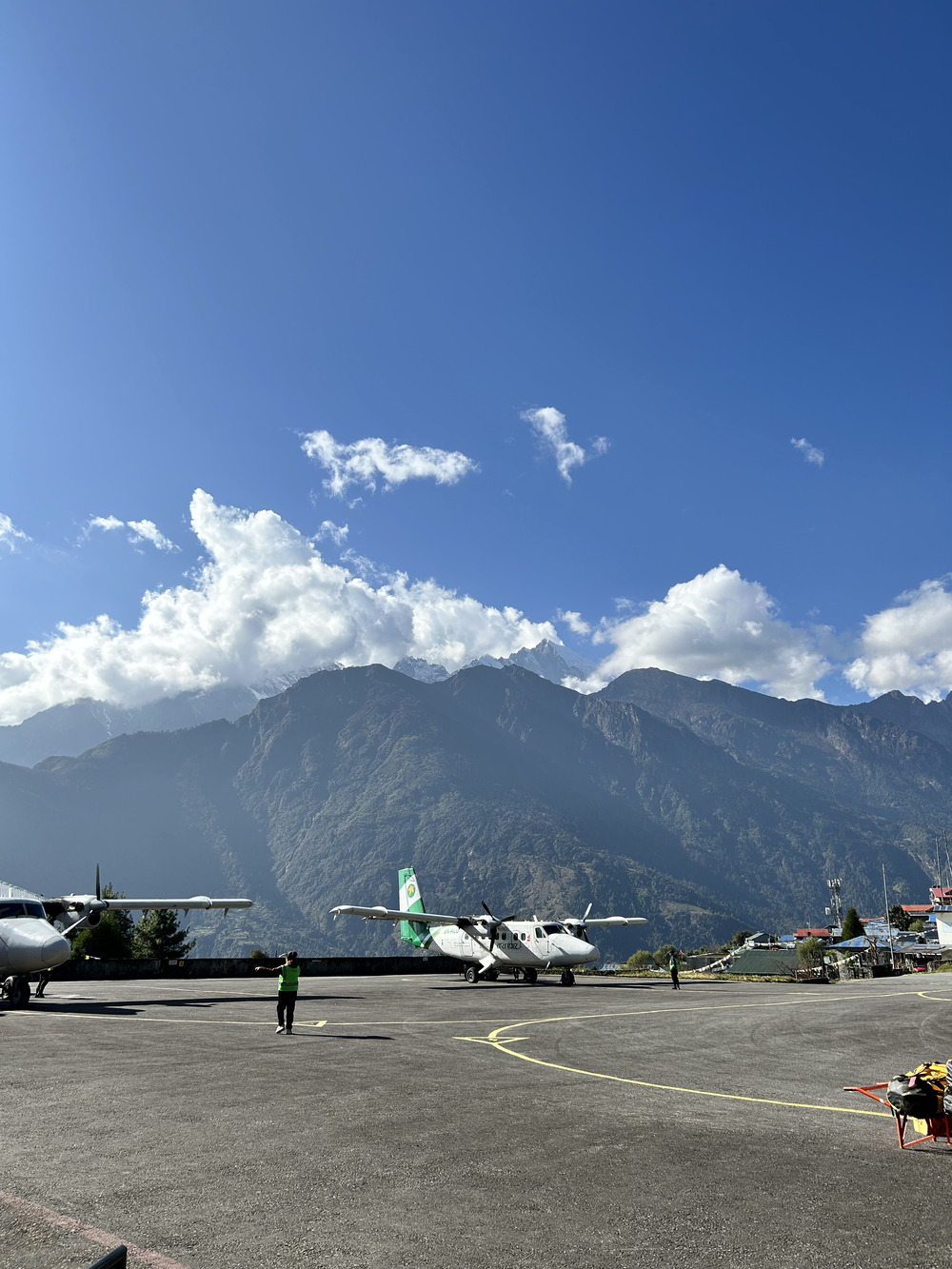
Photo: Karan Bhatta | aviospace.org
Standing against a backdrop of such circumstances, one wonders if helicopters are safer than planes.
A brief look at the comparison of the accident rates of helicopters and planes
If we are to crudely compare the accident rates of helicopters versus those of aircraft, we need to learn an aviation vocabulary: “accident rate”, which is defined as:
“….the ratio between the number of accidents which happened in a given year and the number of flights conducted during that same year. The accident rate gives an estimate of the accident risk per flight. It is generally expressed in accidents per million flights.”
Accident rate of planes
IATA reported that accident rate had been in a historic low a couple of years go:
“The accident rate was 0.80 per million sectors in 2023 (one accident for every 1.26 million flights), an improvement from 1.30 in 2022 and the lowest rate in over a decade. This rate outperformed the five-year (2019-2023) rolling average of 1.19 (an average one accident for every 880,293 flights). The fatality risk improved to 0.03 in 2023 from 0.11 in 2022 and 0.11 for the five years, 2019-2023. At this level of safety, on average a person would have to travel by air every day for 103,239 years to experience a fatal accident.”
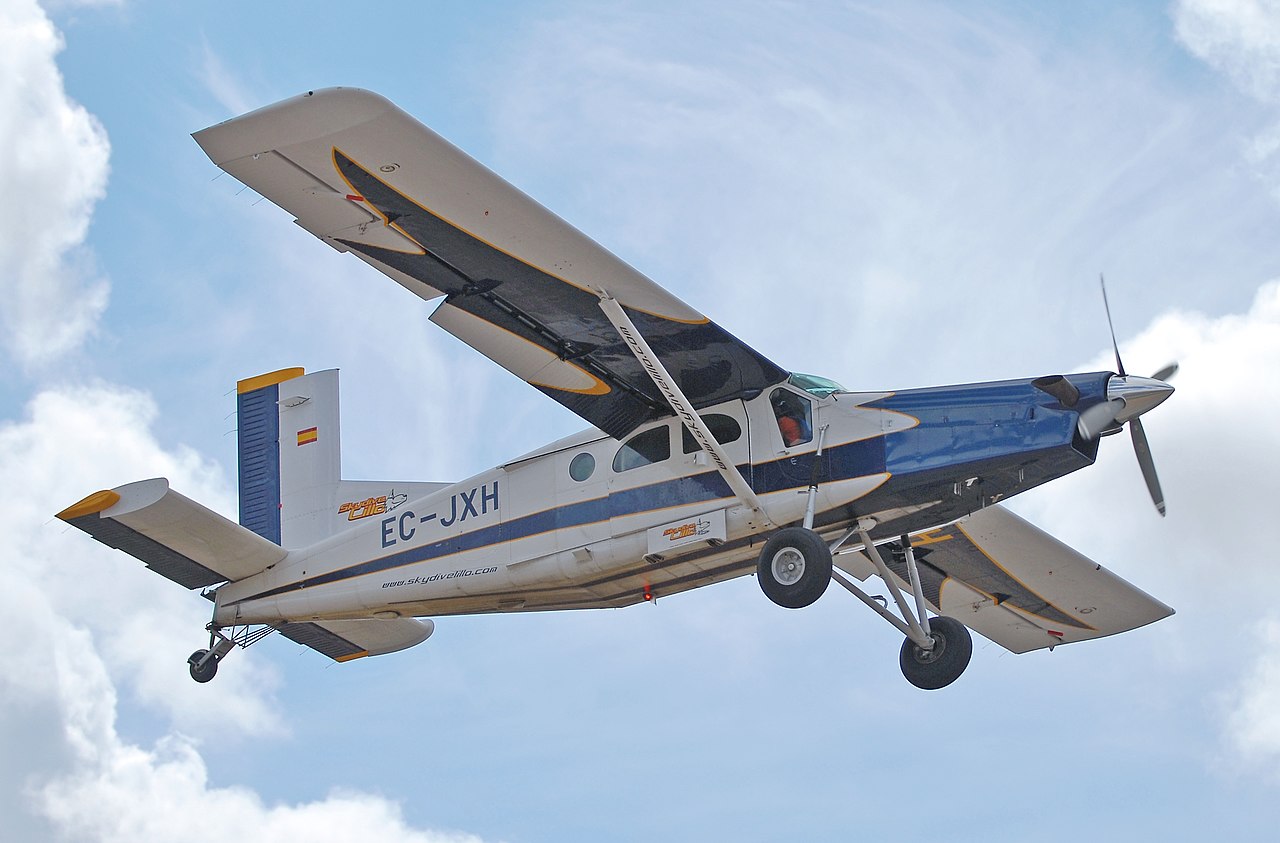
Photo: JDrewes | Wikimedia Commons
But the accident rate isn’t the only way to take a look at the safety record of aviation. Arnold Barnett, M.I.T’s Sloan School Statistician talked to ABC News about how rare plane crashes are:
“If you take one flight a day, you would on average need to fly every day for 55,000 years before being involved in a fatal crash,”
[One of the interesting observations that the author had while going through Ernest Gentle’s aviation dictionary was the fact that there was no formal definition of the word “crash”. When reporting about the myths surrounding Lukla Airport, pilot Kismat Pichhai wanted the author to get rid of the word “crash” because this was rather informal and didn’t capture the essence of communication through proper terms used in aviation.]
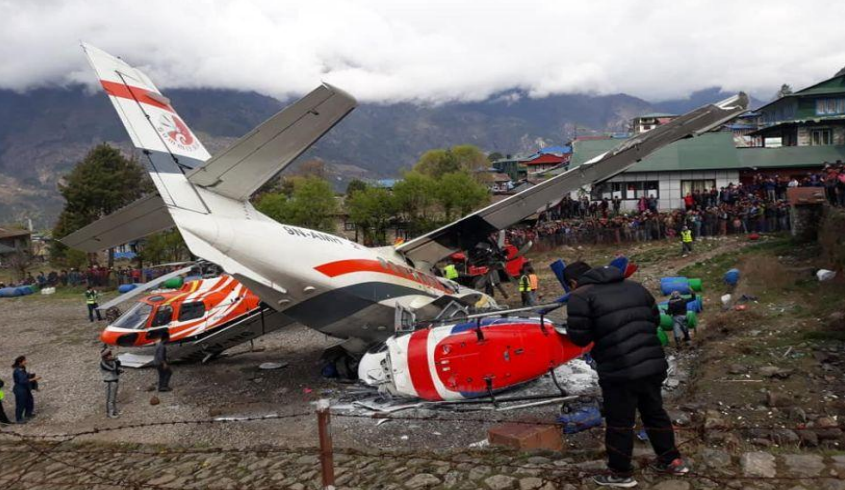
Photo: Government of Nepal
Aircraft Accident Investigation Commission, 2019
And this was back in 2014. The numbers have only gotten better. Boeing reported a historical achievement in 2023:
“…there were zero fatal accidents in 2023 – the first year without a fatal accident since data collection began in 1959.”
The nuances of these numbers were explained by IATA:
“There were no hull losses or fatal accidents involving passenger jet aircraft in 2023. However, there was a single fatal accident involving a turboprop aircraft, resulting in 72 fatalities. There were 37 million aircraft movements in 2023 (jet and turboprop), an increase of 17% on the previous year.”
Accident rate of helicopters
When doing an analysis on safety on each mode of transportation in the U.S., thePointsGuy, came up with a metric known as the “death index” – the number of times more likely you are to die on a means of transport. With passenger airlines as the baseline having Death Index 1, non-scheduled helicopters had Death Index of 63.
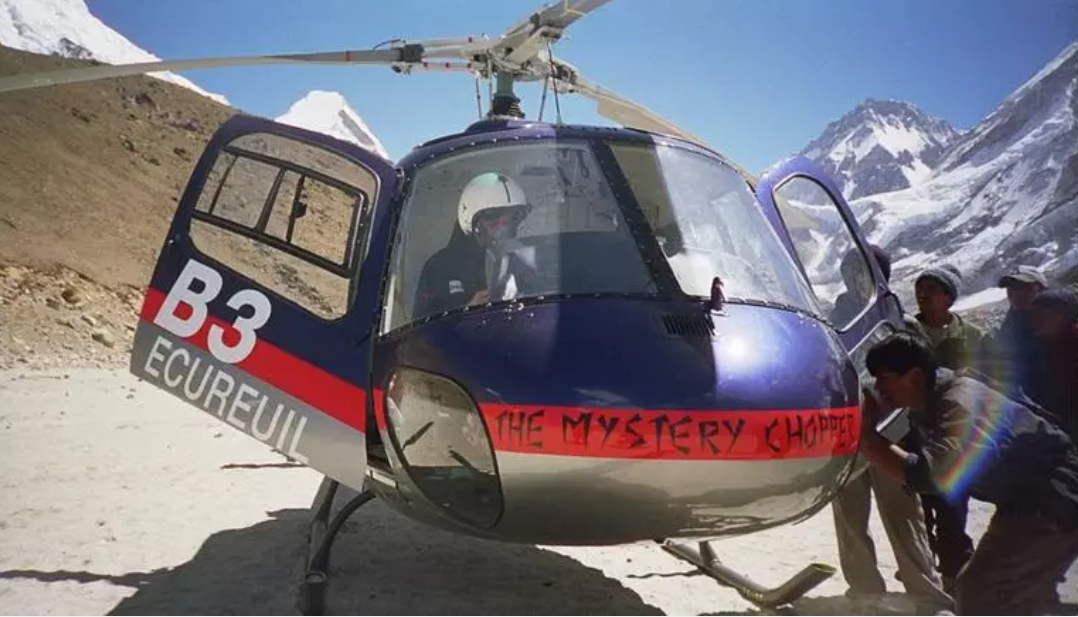
Photo: Airbus
Another publication, ExecutiveFlyers puts the numbers quite differently:
“ The crash rate for helicopters is 9.84 per 100,000 hours, which means that for every hour in the air, helicopters crash approximately 35 percent more often than an average aircraft… There are 12.69 accidents per 100,000 hours when learning to fly a helicopter, compared to 6.08 accidents per 100,000 hours when learning to fly a plane.”
Helicopted.com for instance reported, different numbers though:
“According to the International Helicopter Safety Team (IHST), the average helicopter accident rate is around 7.5 accidents per 100,000 flight hours. “
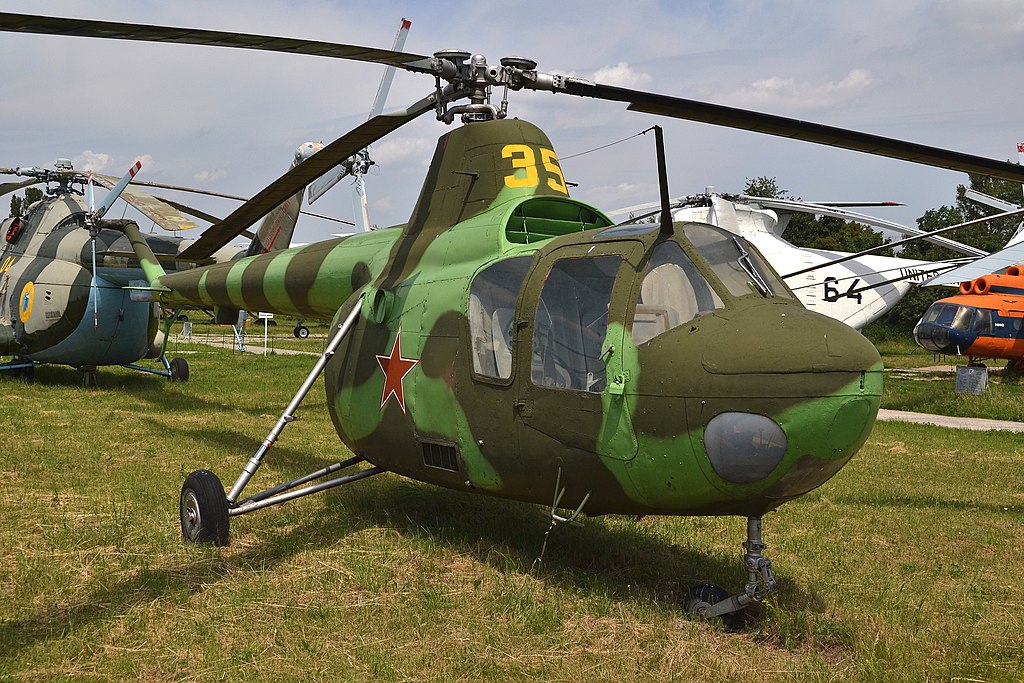
Photo: Mosbatho|Wikimedia commons
In 2020, a report published by the European Union Aviation Safety Agency reported that there were 4 fatal accidents with 17 fatalities in 2019 – an increase from 2 fatal accidents and 8 fatalities in 2018. The report went onto break down the nuances of the numbers, and this is where we’ll get to in the next section:
“In specialised operations (Part SPO) there was 1 fatal accident with a single fatality – a reduction from 2 fatal accidents with 2 fatalities in the previous year. It is also positive to see the downward trend in the general statistics.”
Helicopters and planes operate at different environments
While the numbers above might very roughly indicate that helicopters are more prone to crashes, and therefore dangerous, the fact that The Points Guy’s analysis: “General aviation (like private planes) had a much higher death index of 271.7”, might change our perspective altogether. This is because, as they say, there are three lies: “Lies, Damn Lies, and Statistics”.
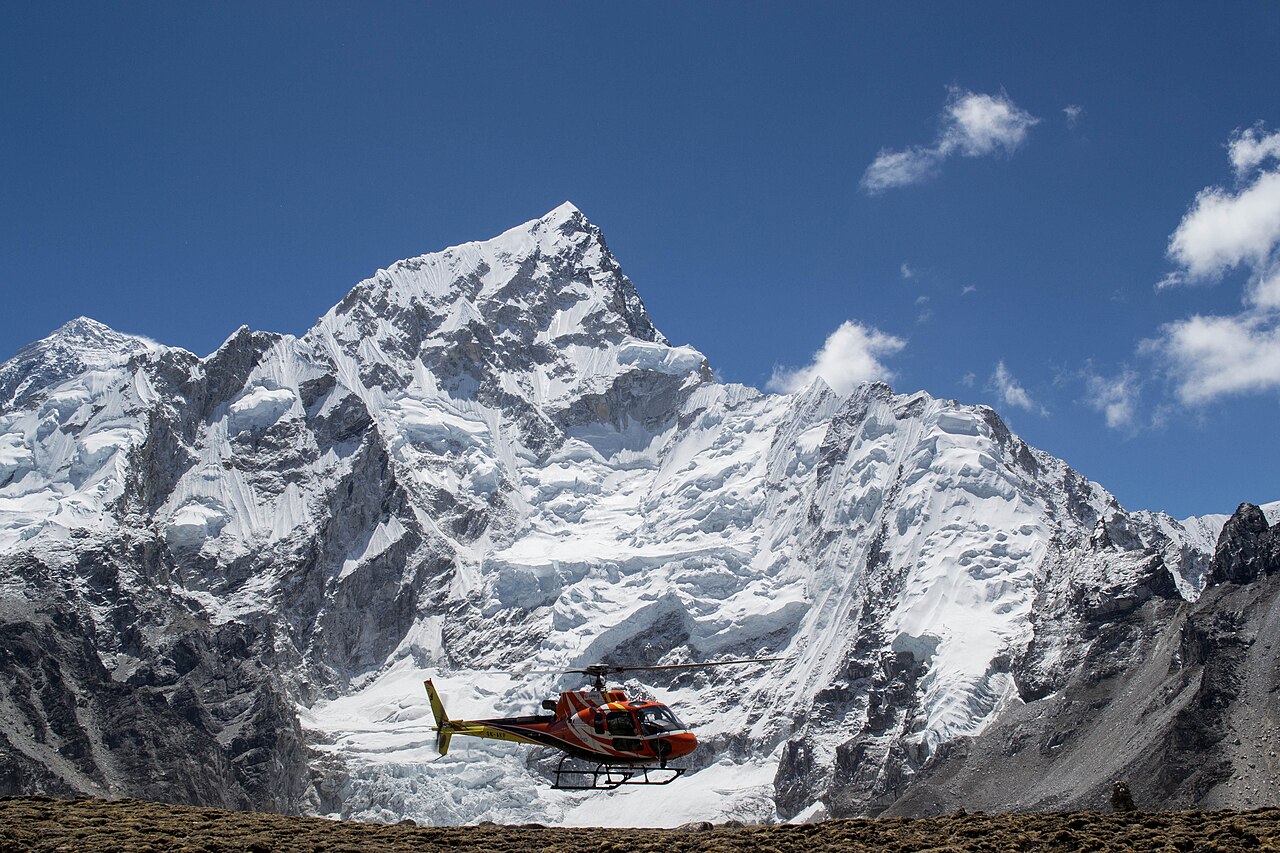
Even The Points Guy suggested that we ought not be fooled by the numbers:
“ General aviation’s average includes new recreational pilots without instrument ratings who accidentally fly into storms, as well as experienced airline or military pilots who fly their own planes on their days off. Similarly, helicopters often serve tricky missions, such as dangerous rescues from hard-to-access places, for which few other vehicles are suited; fatalities that result from those efforts factor into the averages alongside sightseeing tours and trips to the airport.”
Environments where helicopters operate also plays a greater role in their higher accident rates
Helicopter operations are quite different compared to regular passenger airplane operations. Helicopters such as Sikorsky S-92 among others are deployed for search and rescue missions which are riskier than scheduled fixed-wing operations during commercial operations. Evaluation of helicopters that were deployed on emergency medical services (EMS) between January 1, 1983, and April 30, 2005, revealed the following:
“There were 182 helicopter EMS crashes during the 22.3-year study period; 39% were fatal. One hundred eighty-four occupants died: 45% of the 44 patients and 32% of the 513 crewmembers. Fifty-six percent of crashes in darkness were fatal compared with 24% of crashes not in darkness. Seventy-seven percent of crashes in instrument meteorological conditions were fatal compared with 31% in visual conditions. Thirty-nine percent of all deaths occurred in crashes with postcrash fires; 76% of crashes with post crash fire were fatal compared with 29% of other crashes.”
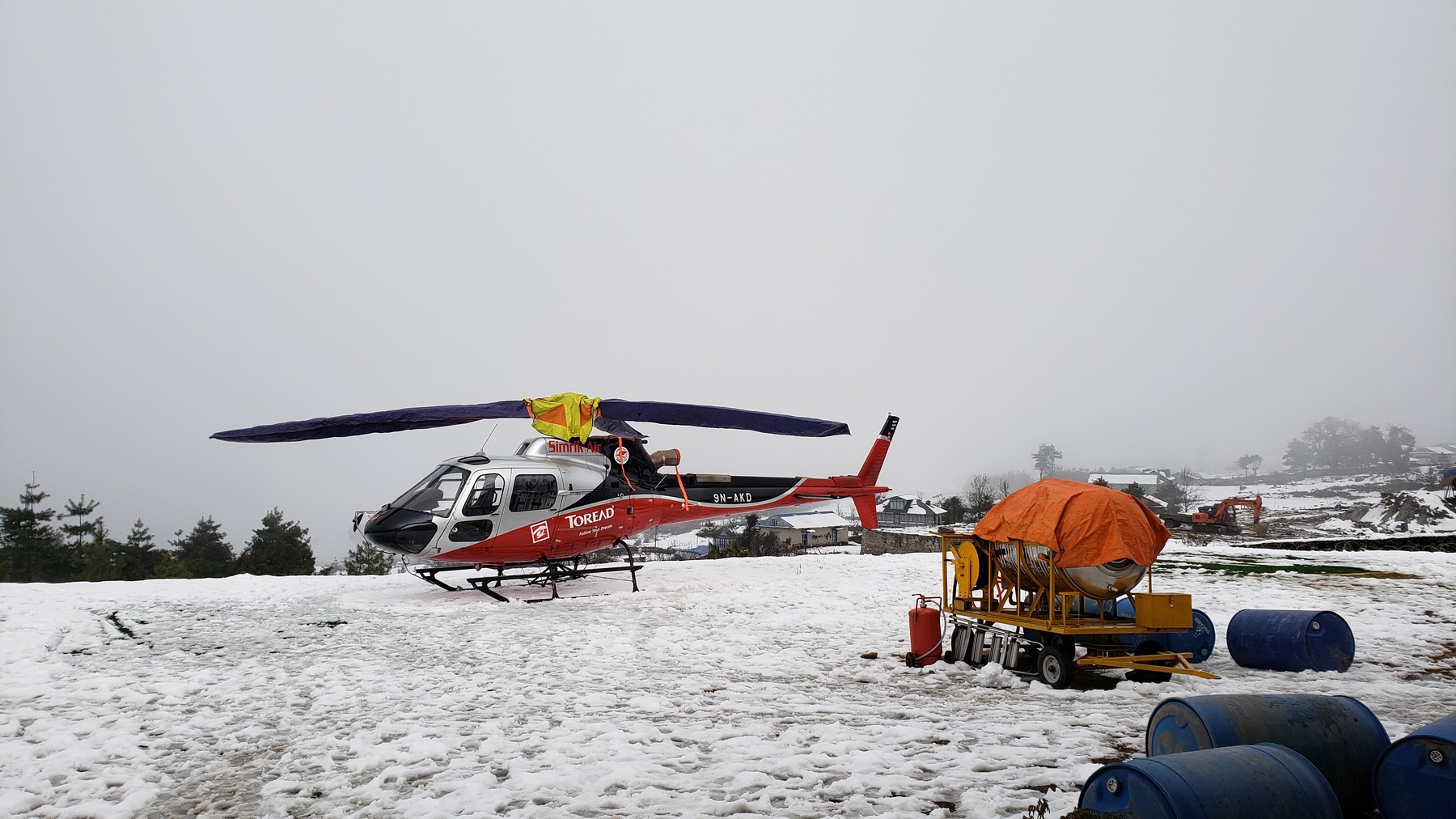
Photo: Surendra Paudel, a helicopter pilot in Simrik Air
Helicopters also perform other dangerous missions. Helicopters are often the first responders to natural disasters. There was a chopper which did touch the top of Mt Everest, too. Though this instance was a one-off, many choppers go to treacherous parts of a mountain for rescue missions – places where fixed-wing aircraft generally don’t fly to.
Helicopters are also a part of modern warfare, as exemplified by the Ka-52 attack helicopters and Mil Mi-24s which were destroyed in the Russia-Ukraine war. Helicopters are also much more susceptible to bird strikes as most standard category helicopters have “virtually no requirements which specify windscreen strength or resistance against birdstrikes”. This is why EASA recommends helicopter pilots to wear helmets for protection as:
“While transport category helicopters – those weighing more than 3750 kg – do have such a requirement. Basically, the regulation states that the aircraft must be designed to withstand the impact of a 1 kilogram bird – which is 2.2 pounds – at VH, the speed an aircraft will maintain in level flight using maximum continuous power. But we know that many birds weigh considerably more than 1 kilogram. Hawks, eagles, buzzards, geese – often weigh much more.”
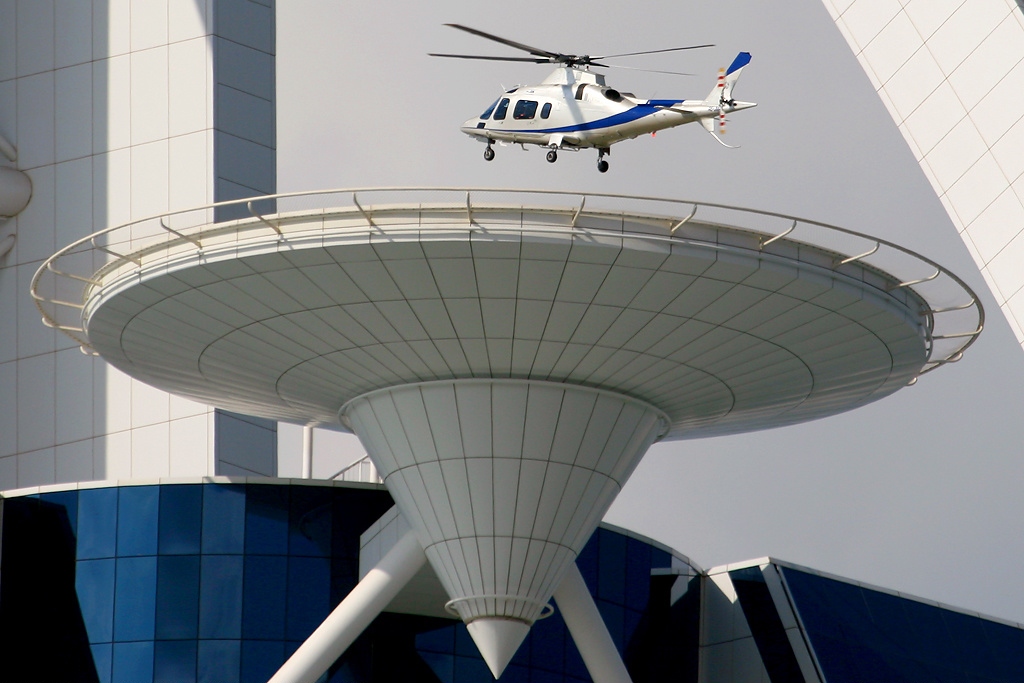
Photo: airliners.net | Wikimedia Commons
Some of the other dangerous missions which helicopters operate in, and contribute to its higher accident rate include:
- Delivery of fire support
- They also provide rapid and precise troop insertion capabilities in airborne assault missions.
Aviation Safety laws within a nation also affect the accident rates
Let’s take examples of two different nations with which we started the essay with.
Nepal
DW Documentary titled the documentary they had made after the Yeti Airlines FLight 691 crash as “Nepal’s treacherous airspace”. This is due to a myriad of factors such as:
- All airlines from Nepal have been barred from flying into the EU “owing to their weak safety standards since 5 December 2013 immediately after the ICAO raised significant safety concerns”, reported The Himalayan Times [ It was only in 2017 that ICAO removed Nepal’s aviation from its blacklist].
- When Yeti Airlines’ Twin Otter aircraft crashed in 2008 following a misjudgment in rapidly changing weather conditions on final approach, it was found that there was a “Failure on the part of regulatory body and company safety management to check the wrong practices being followed by pilots especially in STOL airfields like Lukla on a timely basis.”
- Two English Newspapers – The Mirror and The Independent also listed Nepal as one of the most unsafe countries for air travel.
- Before the construction of Lukla Airport, Sir Edmund Hilalry had constructed the Mingbo Airstrip, an airport more dangerous than Lukla. The Nepalese government was even unaware of Sir Hillary operating to and from this now-forgotten airport for months.
United States
On the opposite end of the spectrum is the United States- nation that came up with the X-15, a hypersonic aircraft.
Helicopter safety has increased incredibly, though
The Bell 47B was the first civil helicopter in the world to be certified, when the chopper type with serial number 1, registry number NC-1H was certified on May 8, 1946. In that very year, seven civil Model 47 and one Army YR13 accidents were recorded.
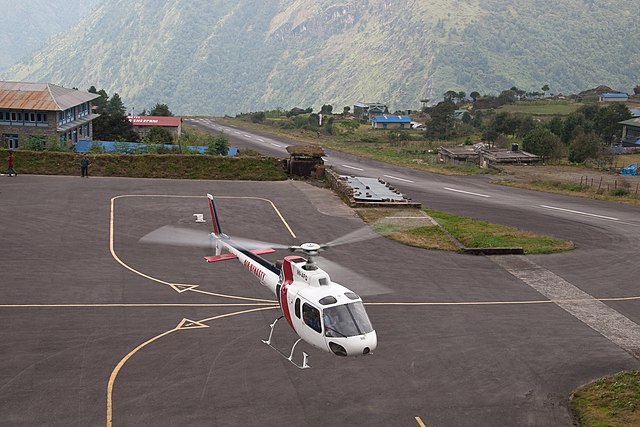
Three of the Model 47s involved in accidents were experimental helicopters, one of which was a fatal accident on August 10, 1946. 33 accidents were recorded the following year. With regard to the high accident rate, Roy G. Fox, the Chief of Flight Safety at Bell Helicopter Textron, reported at the International Helicopter Safety Symposium, Montréal, Québec, Canada September 26–29, 2005:
“The known flight experience of the helicopter pilot (“known pilot helicopter times”) in three of the eight accidents in 1946, were 7 hours 15 minutes, 9 hours 30 minutes, and 61 hours 50 minutes. The high time pilot was in the fatal accident (experimental NX92843, serial number 7), which also had the highest airframe time of the accident group, at 275 hours. The first couple of years were difficult safety years. But things improved on many fronts: more and better pilot training, better maintenance/training, and aircraft improvements to both the engine and the rest of the aircraft.”
In the same symposium, the author had mentioned the importance of a Cockpit Information Recorder (CIR) system to increase the safety record of helicopters by “at least half if not two-thirds” . He posited that the following would be needed in a helicopter’s CIR:
- A still color camera (day/night)
- An area microphone
- A GPS
- Data processing/memory capability
- Crash survivable recorder.
Helicopters flying at lower altitudes might be one of the reasons why it encounters more turbulence
Helicopters also encounter more turbulence than planes as they fly at lower altitudes. Turbulence is on the rise as The University of Reading reported:
“the total annual duration of severe turbulence increased by 55% from 17.7 hours in 1979 to 27.4 hours in 2020…Moderate turbulence increased by 37% from 70.0 to 96.1 hours, and light turbulence increased by 17% from 466.5 to 546.8 hours”
Large commercial aircraft, though are not fully immune to risks of turbulence, can generally climb to altitudes greater than 40,000 ft and have much smoother ride. But 40,000 ft is almost the highest altitude recorded for a helicopter, showing how rotorcraft have greater chances of encountering turbulence. Research also shows that some of the largest aircraft constructed also would undergo lower turbulence. For instance, Antonov An-225 Mriya has an MTOW OF 1,410,958 pounds – the highest up to date for a plane. In contrast, Mil Mi-26 has an MTOW of 123,458 pounds – the highest for a rotorcraft.
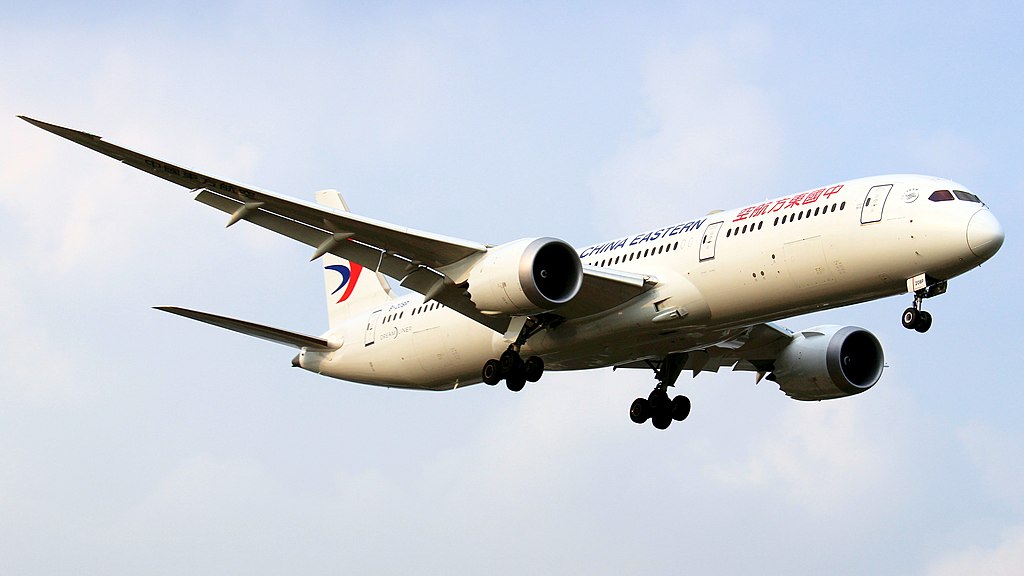
Image: Md Shaifuzzaman Ayon | Wikimedia Commons
But how would the track record of a convertiplane – “an aircraft that can take-off vertically, hover, and land like a rotorcraft while flying purely as a fixed-wing aircraft, especially in its higher speed ranges” look like? Perhaps when convertiplanes become as dominant in the skies as helicopters and planes do, we’ll find out!
